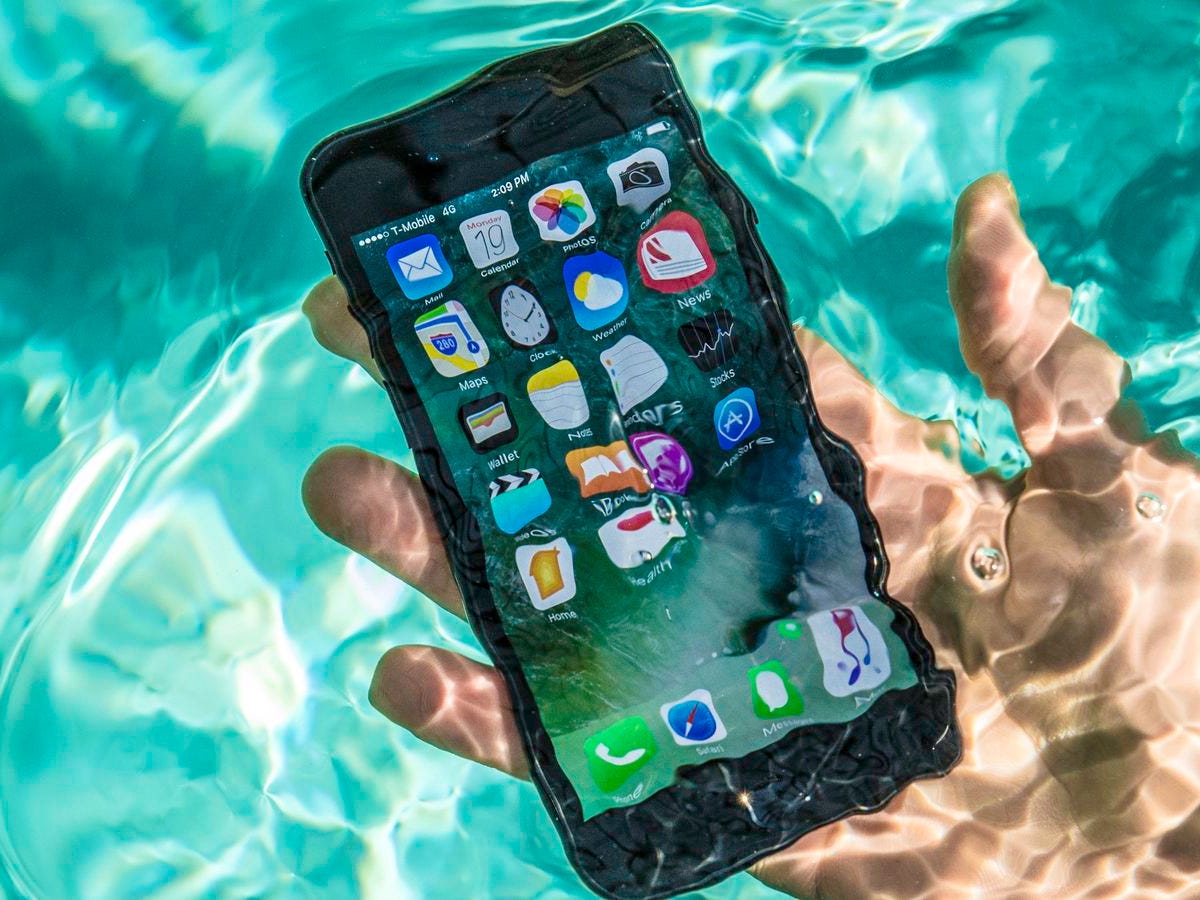Smartphones have become an essential part of our daily lives. We use them for communication, entertainment, navigation, and so much more.
But what happens when your smartphone gets wet? Whether it’s a spill, a drop in the toilet, or exposure to rain, water damage can cause serious problems for your device. In this article, we’ll discuss what to do when your smartphone gets wet and how to prevent water damage in the future.
Immediate Steps to Take
If your smartphone gets wet, the first thing you should do is turn it off immediately. This will help prevent any further damage to the device. It’s also important to remove any external cases or covers as soon as possible, as they can trap water inside and cause additional damage.
Next, try to remove as much water as possible from the device. You can do this by shaking it gently, using a soft cloth to wipe down the exterior, or using a vacuum cleaner on the lowest setting to gently suction out any remaining water.

Let it Dry Thoroughly
Once you’ve removed as much water as possible, it’s important to let your smartphone dry completely. This can take several days, so be patient. Place the device in a dry, airy place, such as a sunny windowsill or a well-ventilated room, to allow the moisture to evaporate. Avoid using hair dryers, ovens, or other heat sources, as this can cause further damage to the device.
If possible, remove the battery, SIM card, and any other removable parts and allow them to dry separately. This can help speed up the drying process and reduce the risk of water damage.
Consider Using Rice
One popular method for drying out a wet smartphone is to place it in a bowl of uncooked rice. The rice will help absorb any remaining moisture and can help prevent further damage to the device. Just make sure to place the device in a sealed plastic bag with rice for a minimum of 24 hours to allow it to dry thoroughly.
Check for Damage
Once your smartphone has dried completely, it’s time to check for damage. Turn the device on and see if it powers on and functions normally.
Check the screen, buttons, and charging ports for any signs of damage or malfunctions. If the device is not functioning normally, take it to a professional repair shop or contact the manufacturer for further assistance.

Preventing Future Water Damage
While it’s important to know what to do when your smartphone gets wet, it’s equally important to take steps to prevent water damage from happening in the first place. Here are a few tips for keeping your device safe from water damage:
- Invest in a waterproof case: If you’re someone who frequently uses your smartphone in wet environments, consider investing in a waterproof case to protect your device from water damage.
- Keep the device away from water: Avoid using your smartphone near water, such as in the bathroom, near a pool, or while cooking. If you do need to use your device near water, make sure to keep it at a safe distance.
- Be careful when charging: Avoid charging your smartphone while it’s wet or in a damp environment, as this can increase the risk of water damage.
- Don’t use hair dryers or other heat sources: Avoid using hair dryers, ovens, or other heat sources to dry your smartphone, as this can cause further damage to the device.
Additionally, it’s also important to consider purchasing an insurance policy for your smartphone. Many smartphone manufacturers and service providers offer insurance policies that can protect against accidental damage, including water damage.
While an insurance policy may cost a bit more upfront, it can save you money and hassle in the long run if your device is damaged by water or any other type of accidental damage.
Another important factor to consider is the type of water exposure your smartphone experiences. Different types of water exposure can have different effects on your device, so it’s important to understand the level of protection you need.
For example, a waterproof case may be sufficient for exposure to light rain, but not for exposure to water while swimming or snorkelling. Understanding the level of protection you need can help you choose the right insurance policy and take the necessary precautions to keep your smartphone safe from water damage.

Conclusion
Water damage can be a serious problem for smartphone users, but with the right steps and precautions, it can be prevented or mitigated. If your smartphone gets wet, it’s important to turn it off immediately and let it dry completely.
Consider using rice to absorb any remaining moisture, and check for damage once the device has dried. To prevent future water damage, invest in a waterproof case, keep your device away from water, be careful when charging, and avoid using heat sources to dry your device.
It’s also a good idea to take steps to protect your data and personal information in case of water damage. Regularly backing up your smartphone to a cloud-based service or computer can help you recover your important files and contacts in case of an emergency.
In summary, if you follow these steps and take the necessary precautions, you can minimize the risk of water damage to your smartphone and keep it functioning properly for years to come.



















